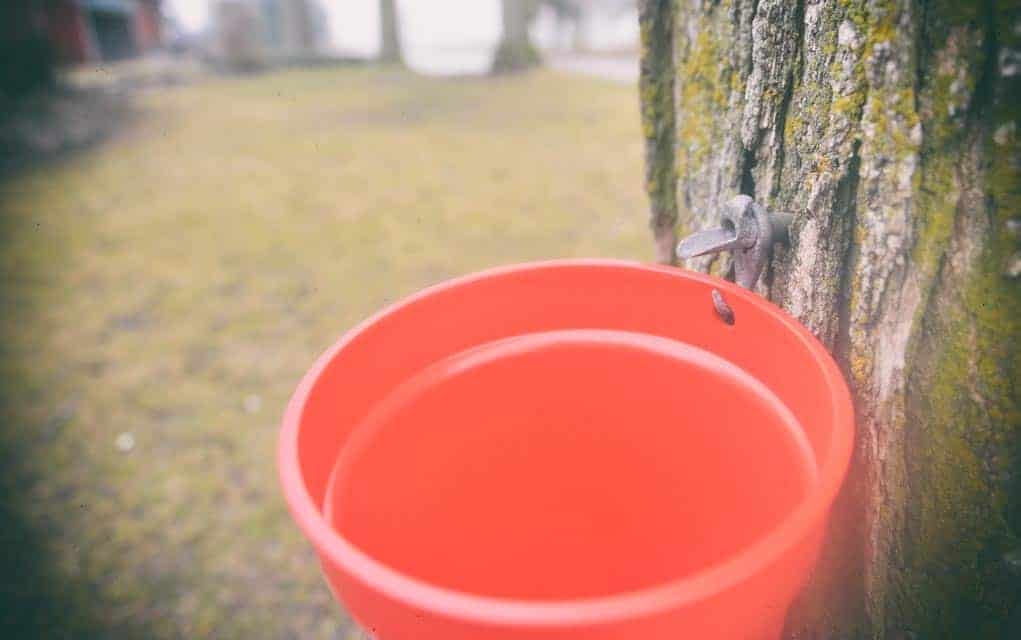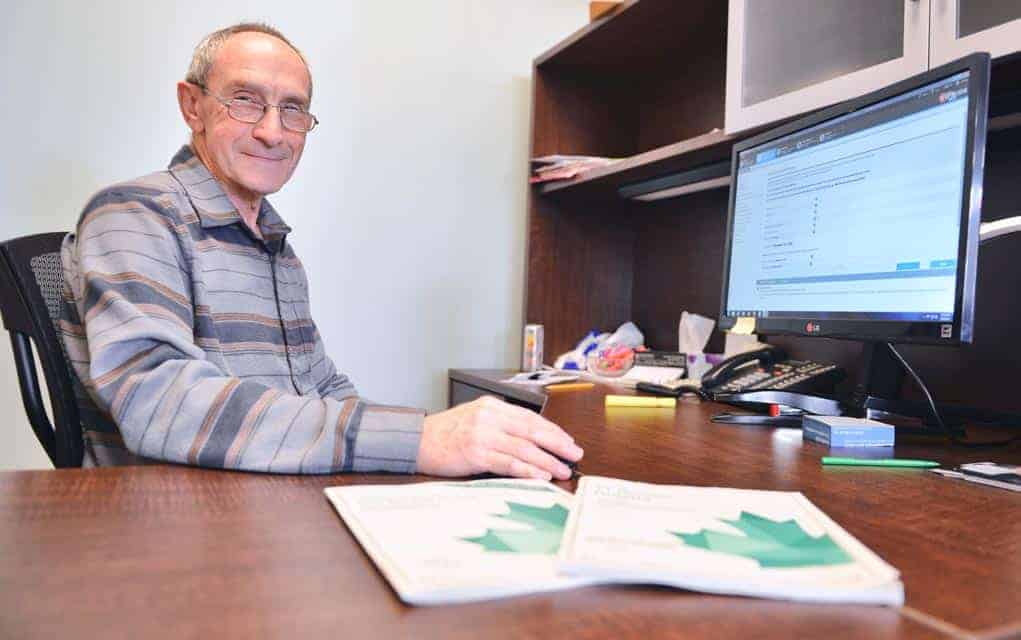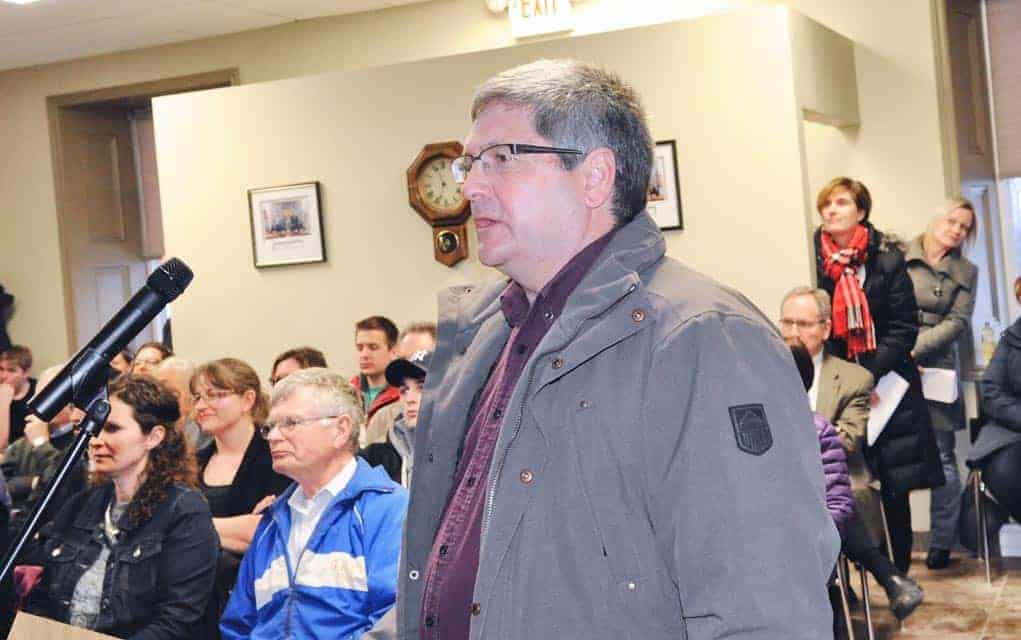For weeks, maple producers have been happily tapping away at their trees, turning sap into liquid gold.
But in the future, say 100 years down the road, there could be less maple syrup to go around.
Researchers at Wilfrid Laurier University have been studying the effects of climate change on sugar maple trees since 2010.
Bryce Gunson, project manager of the Laurier-based Resilient Communities Research Collaborative, says they really kicked up their research efforts in 2012 when they received funding from the Ministry of Agriculture and the Social Sciences and Humanities Research Council.
The idea for the study came from the project’s principle investigator, Brenda Murphy, when she visited a maple operation near Sudbury.
“They were noticing a lot of impacts on their trees, mostly around the timing of the season. The guy’s been doing it for 50 or 60 years and he obviously knows his sugar bush well and just noticed a lot of changes in the trees,” Gunson said.
He says she also noticed there wasn’t a lot of research, especially in Ontario, around this, despite maple being a significant crop.
Some producers are taking active measures to increase the biodiversity of their forest, like planting different species, but Gunson says there hasn’t been a lot of immediate action because for the most part there’s not much a maple farmer can do, per se.
“I think a lot of farmers know that the sap can run a little bit earlier than they think and I know in 2013 that spring the season came so early that some of the farmers didn’t get their bushes tapped in time and they completely missed their opportunity to make maple syrup, so it was a big impact to them,” Gunson said of the maple syrup season that seems to start earlier every year.
Gunson says there’s still plenty of room for market expansion in Ontario because only 0.04 of the usable trees have been tapped.
Because of the warmer temperatures there’s more stress being placed on the trees.
“From what we see, the more stresses that you’re placing on the trees and the timing of the seasons being affected by climate change and the precipitation patterns, all these different things that could lead to problems, increased pests and diseases for the trees – any time if you’re talking long term the trees will be stressed in one way or another and that could certainly affect maple syrup down the road,” Gunson said.
They’ve also been doing some historical work, tracing the historical importance of maple syrup to Indigenous communities. On the flip side of that, they’ve been looking forward 100 years with mapping and climate change modeling to try to predict what will happen to the maple crop.
Something that’s surprised him in doing the research has been the level of interest. He’s met farmers working to do their part against climate change by buying maple syrup equipment which produces less CO2.
“It’s such an iconic Canadian product and the thought of us losing it, we use it really as a good example of something real world and tangible that could be lost due to climate change.”
He can’t say for certain whether climate change will impact the sap supply over the next two decades, but a century from now, he’s much more likely to say yes.
They also participate in Climate Change SOS: Save Our Syrup, where they take kids to the sugar bush to learn about maple, to connect them to the knowledge that maple syrup is part of a broader system, and there’s a lot more to the industry than just people selling maple syrup at the end of their driveway.
“I think education for us through that has been really important because there’s a lot of value to bringing kids out to the sugar bush to learn about maple syrup itself, but it’s also important to teach them about the importance of maple to rural communities, especially places like Elmira where the one-day festival brings in all this money and all that money is used for funding all these different programs.”









